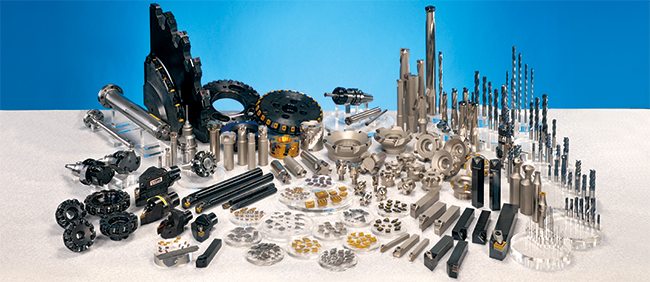Tool Holders 101: Cat, BT, HSK and More Info
Tool holders (toolholders) are the main facet that connects the machine tool to the tooling.. Their mounting styles are all different according to the interface. Their mounts can range from HSK tool holders, VDI mount, or the dated R8 styles. All types of tool holders consist of 3 unique parts: the collet pocket, the flange, [...]

